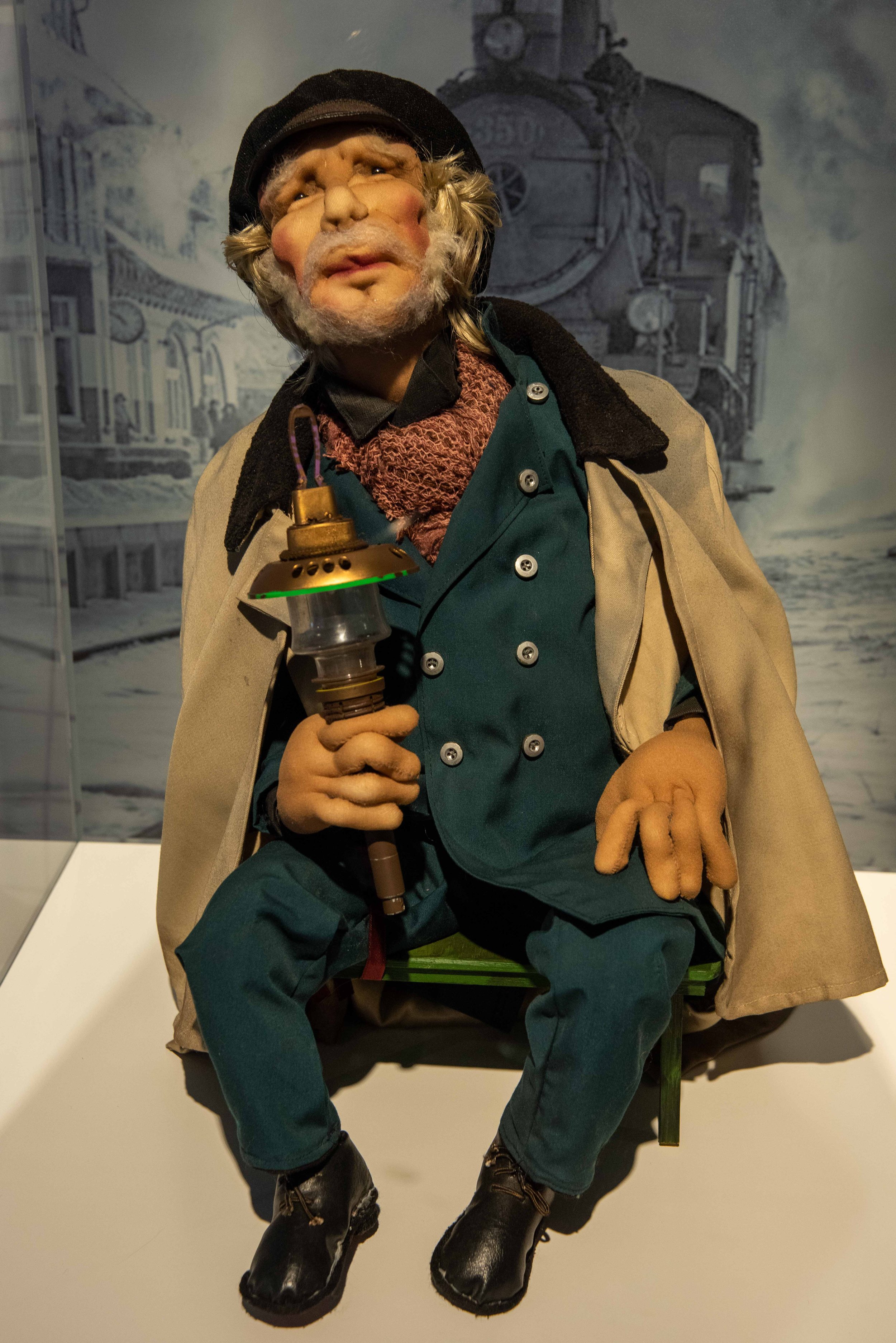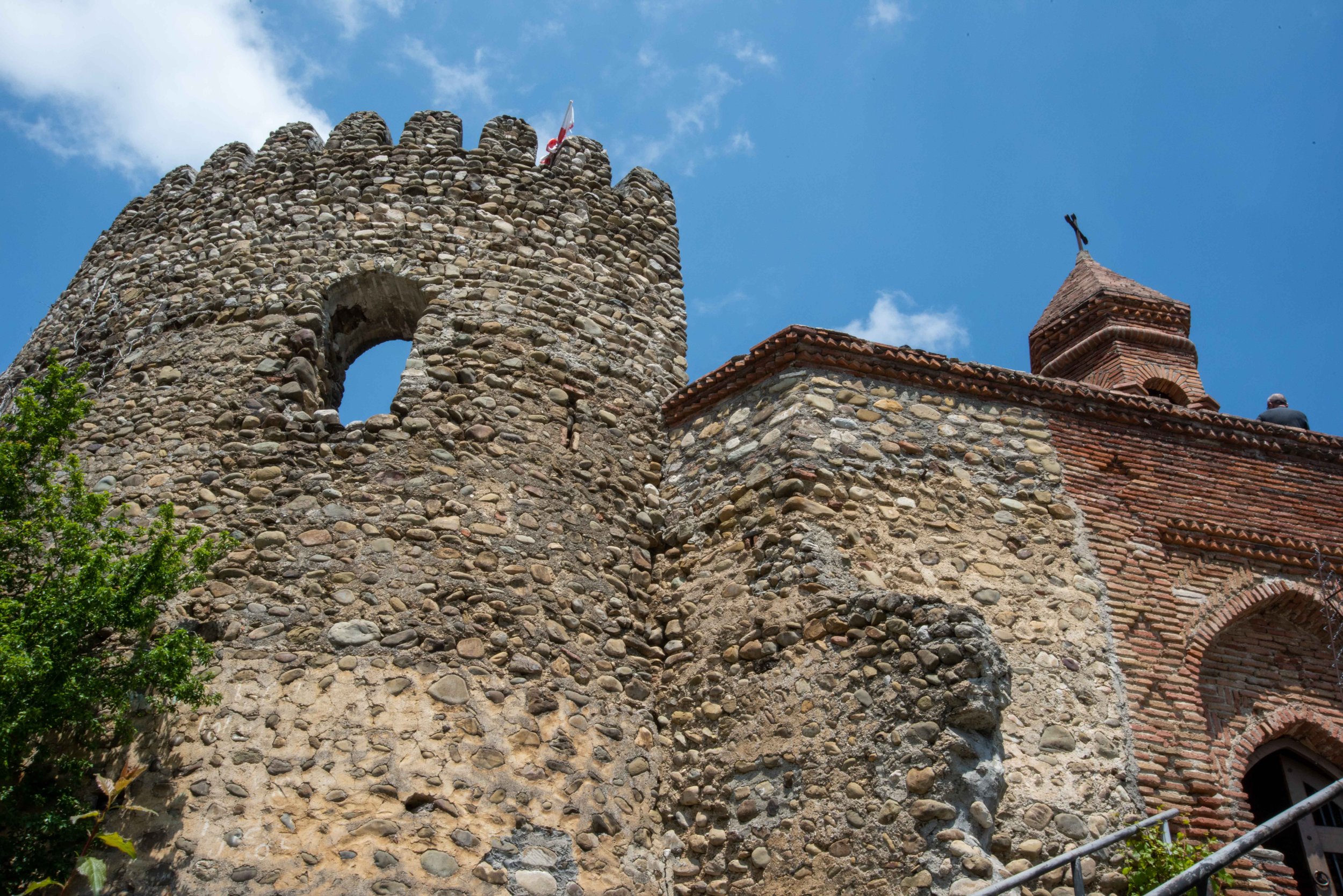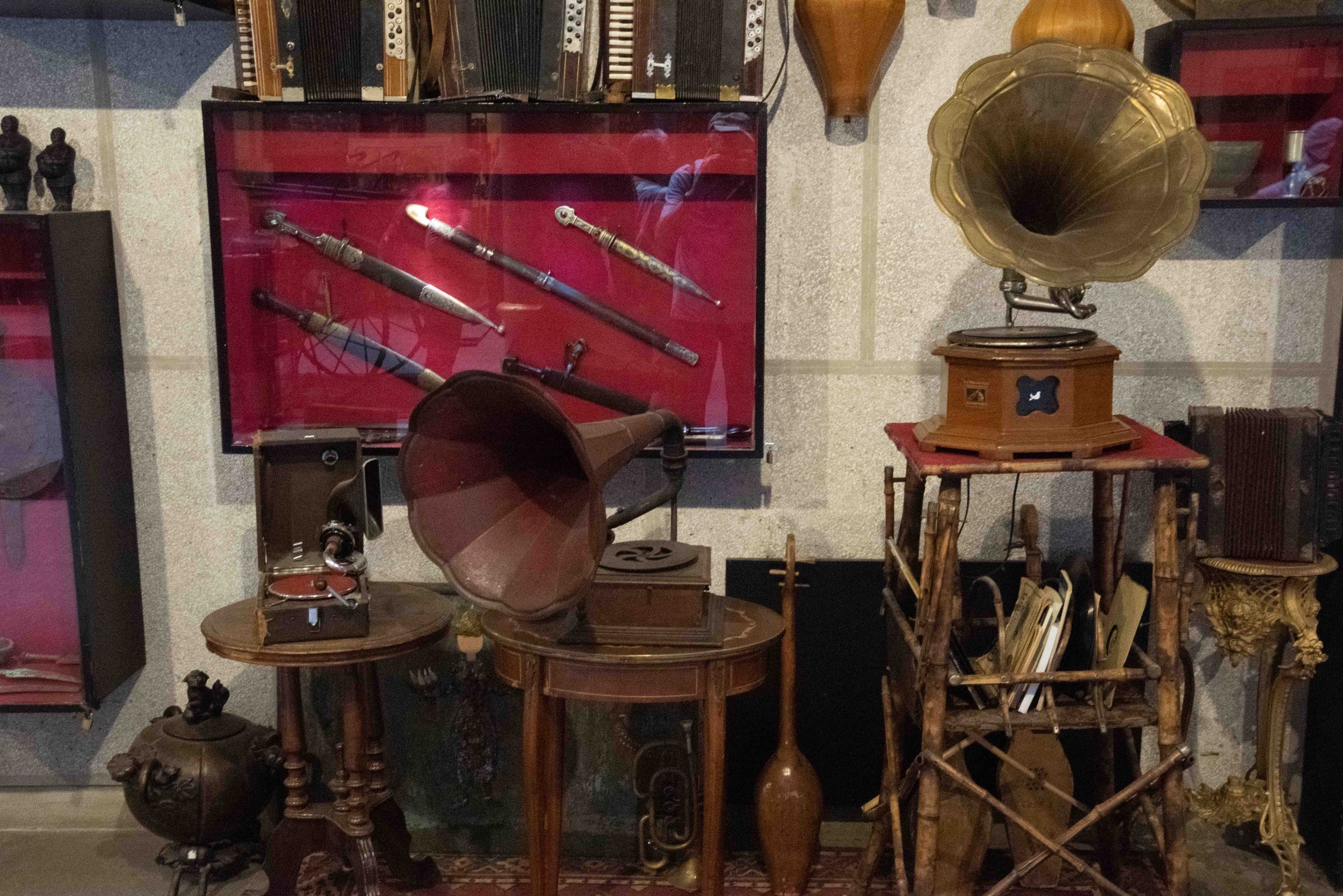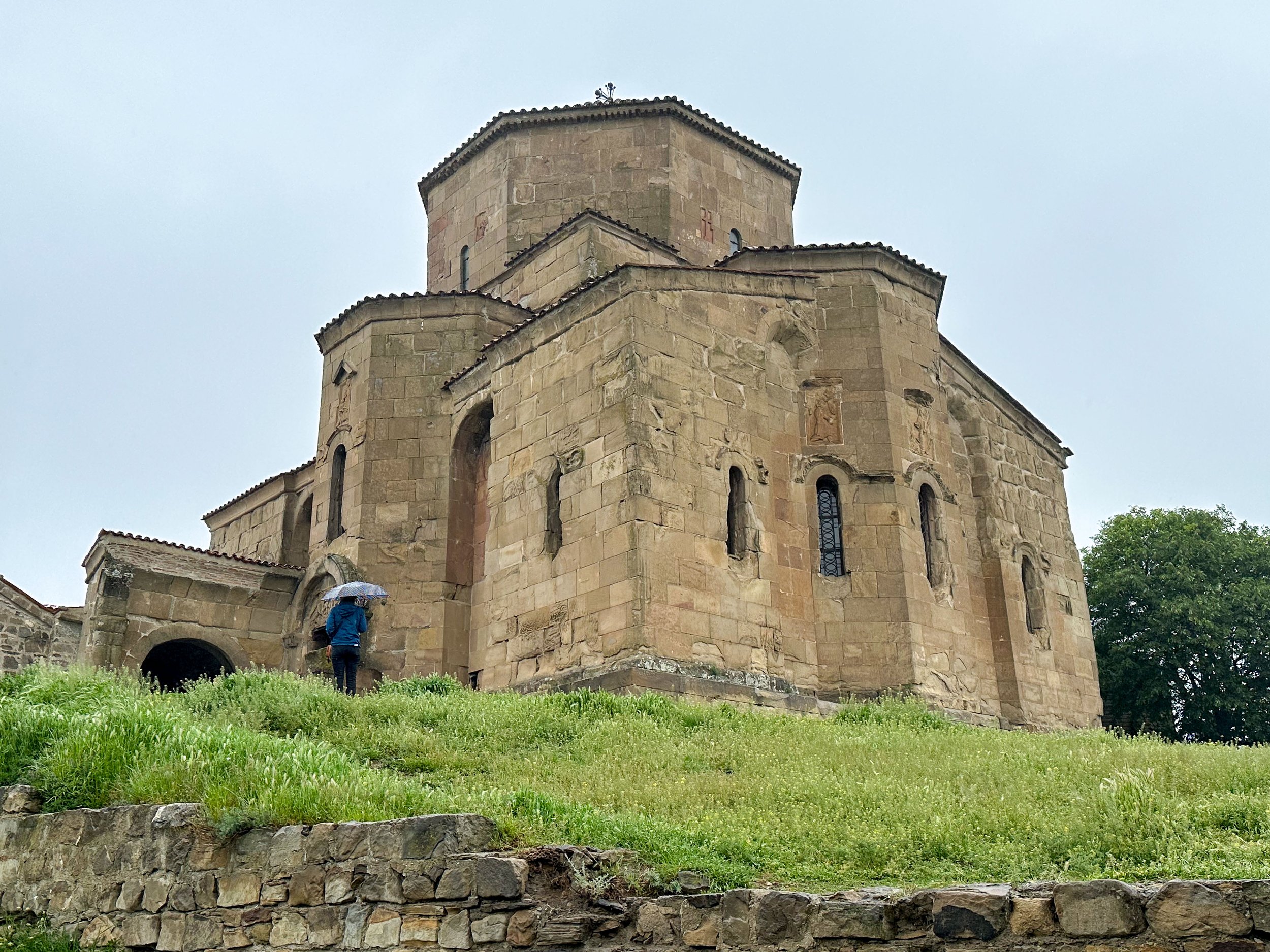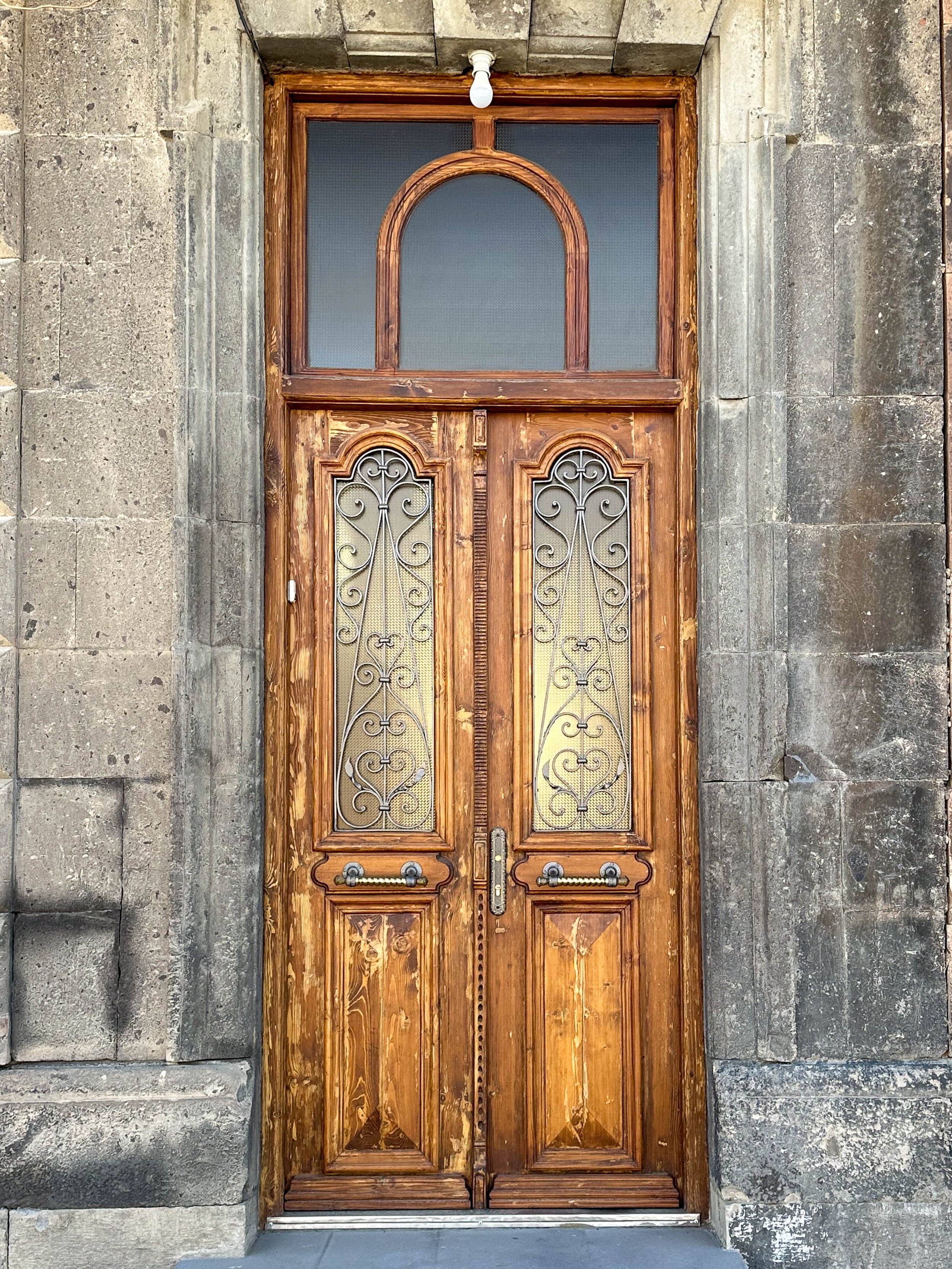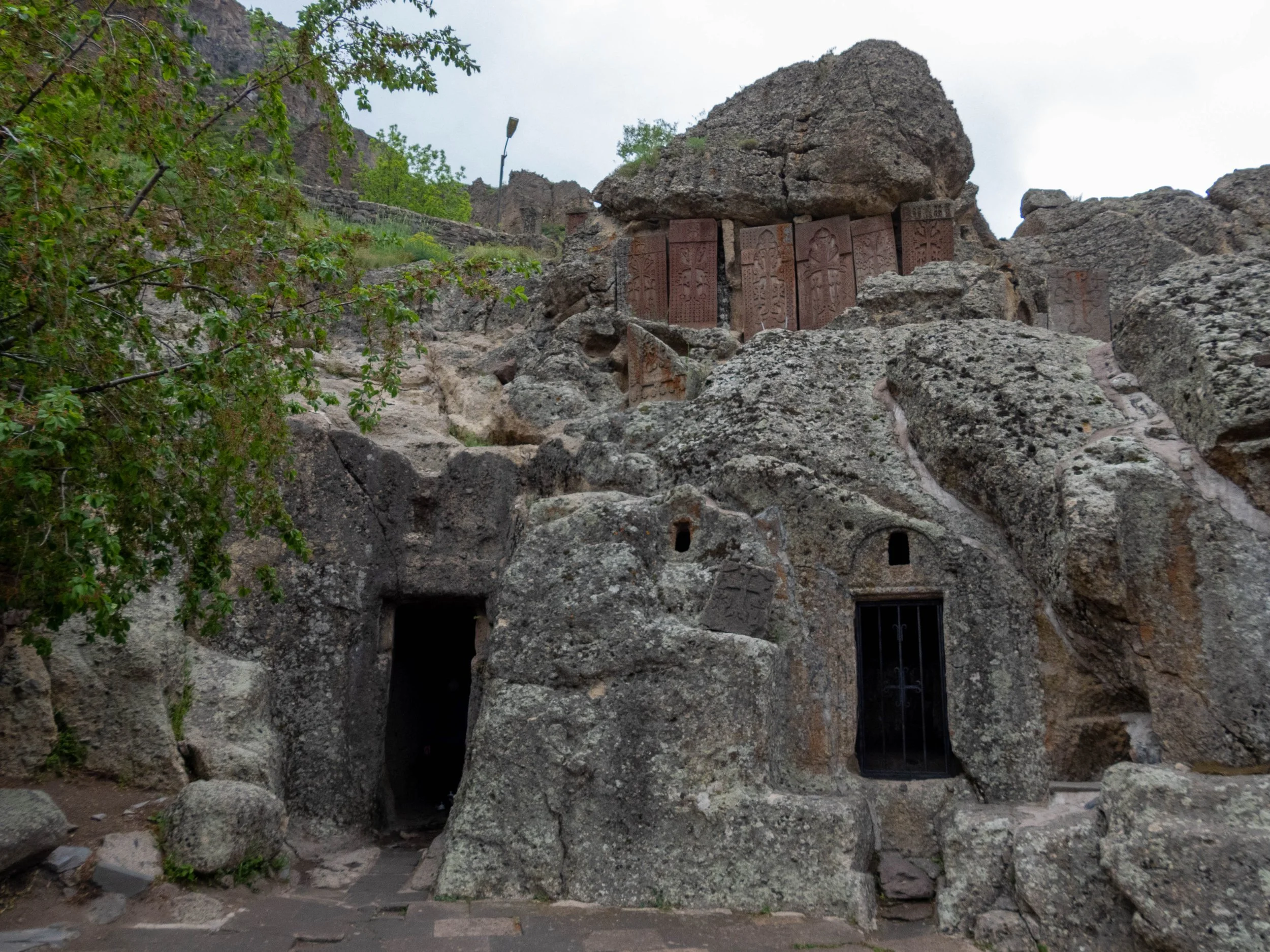We spent the weekend in Melbourne and celebrated Marcus’ 47th birthday on the Sunday afternoon prior to heading to Melbourne airport to embark on our Emirates flight to Dubai. All went smoothly with the emigration processes and Corinne also managed to retrieve the GST paid on her newly purchased ear-pods. We were delighted to encounter Chris and Diana in the departure lounge and at around 22:00 on Sunday 30th April our Emirates A380-800 commenced the fourteen hour flight to Dubai.
Emirates A380-800, Melbourne
The very long Sunday night flight was comfortable and interspersed with pleasant meals, drinks and fleeting attempts to catch some sleep. Noise cancelling headphones certainly enhanced the likelihood of gaining adequate somnolence.The time difference of six hours meant that our arrival time of 06:00 local time at Dubai corresponded to midday May 1st in Melbourne.
We now commenced the great hunt for terminal lounge F2 for our next flight to Baku Heydar. Directions to terminal F in the vast main terminal were fraught with ambiguity but an assistant assured us that we needed the airport passenger train to terminals B and C and there we would find directions to terminal F. This was correct but it was a bit of a treasure hunt to now find a bus that would lead us to the desired locale. The bus trip took forever and it seemed that we passed F2 twice before our 20 minute tour of Dubai Airport terminated. In so doing we counted twelve or so A380 super-jumbos along the way. To add to the day’s merriment we checked in with Azerbaijan visas being requested and then commenced another prolonged bus journey to finally arrive at our Flydubai Air Boeing 737 MAX. These are the planes that were all grounded about three years ago after two dreadful crashes involving ‘new’ planes!
The time was now 08:30 and the ground temperature in Dubai was a pleasant 27 C but even in this early morning time the level of smog and atmospheric haze made the numerous gigantic skyscrapers of the nearby CBD indistinct but nonetheless impressive engineering marvels.
Our 1800 km flight to Baku headed off NNW across the Arabian Gulf and crossed the Iranian border on course to the southern shores of the Caspian Sea. The flight path took us to the east of the city of Shiraz, famous for its wine production and then as we approached the Caspian Sea we were quite close to the Iranian capital of Tehran although dense cloud cover prevented any clear view or sightings of the city below.
Flight path Dubai to Baku
On arrival at Baku we completed immigration, visa and passport issues and were relieved to find that our luggage had arrived safely too. On exiting the Baku Heydar terminal we found Sinclair and Janet awaiting our arrival. Much excitement and chatter thus ensued. They had flown from South Australia via KL to Baku on Turkish Airlines and had arrived half an hour before us.
Chris, Diana, Janet, Sinclair, Jak & Corinne, Baku airport, Azerbaijan
Our local guide Elmar located our group of six and ushered us towards the mini bus for the 20 km trip into the city centre.
The view along the airport highway to our hotel was most impressive with an extraordinary range of architecture on display. There were many multi-storey sandstone apartment blocks reminding us of the typical Soviet structures we’d encountered in Russia. The presence of numerous ultramodern buildings exhibiting imaginative shapes was as we’d been led to expect except that the range of architectural gems was phenomenal. Some designs had hints of the Sydney Opera House shapes and others looked to have been influenced by Salvador Dali.
The route to our hotel in the old city centre was blocked in several places because of the F1 Grand Prix held here yesterday.
Part of F1 Grand Prix circuit
Our driver dropped us off quite close to the hotel and we then walked along sections of the racetrack to eventually reach the Sultan’s Inn Boutique Hotel which will be home for the next five nights.
Chris & Jak walking to our hotel
After checking in and showering we then wandered through parts of the old city and were amazed to see the many beautiful old stone buildings with picturesque gardens and cobblestoned alleyways creating a delightful precinct for the many tourists visiting.
Jak outside Sultan Inn Hotel
Old & new Azerbaijan
We had a meal at a nearby restaurant and then after a quick trip to a mini-market headed back for some well earned sleep after nearly two days of travel.
Our initial impressions of Baku is that it has lots to offer visually and in terms of its history. Enthusiasm and optimism abound.

































































